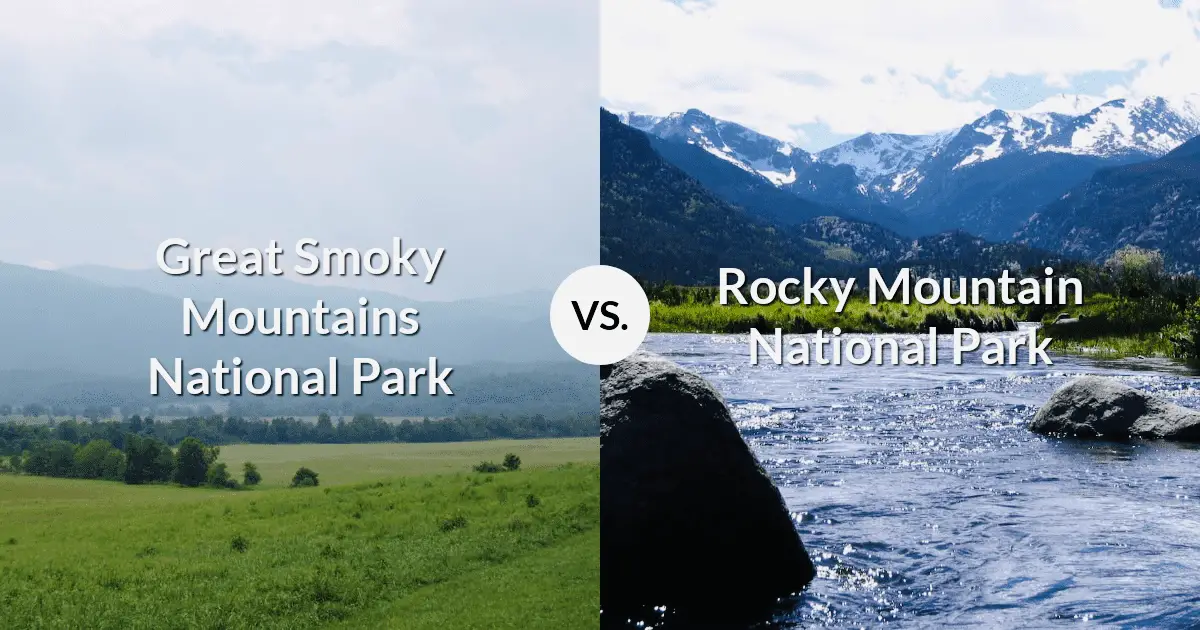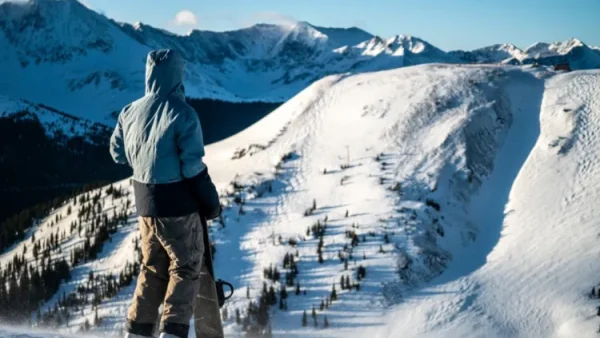What are the geographical differences between the two mountain ranges?
The Rocky Mountains stretch over 3,000 miles from Canada to New Mexico, while the Smoky Mountains are located in the southeastern United States along the Tennessee-North Carolina border. The Rocky Mountains are known for their towering peaks, including the famous Mount Elbert, the highest peak in Colorado. In contrast, the Smoky Mountains are characterized by their rounded peaks and diverse plant life.
Both mountain ranges offer stunning landscapes, but the Rocky Mountains are more rugged and jagged, while the Smoky Mountains have a softer, more rolling appearance. The Rocky Mountains also have a higher elevation, with many peaks exceeding 14,000 feet, compared to the Smoky Mountains, where the highest peak, Clingmans Dome, reaches 6,643 feet.
What wildlife can be found in each mountain range?
The Rocky Mountains are home to a diverse array of wildlife, including elk, moose, bighorn sheep, and mountain goats. Grizzly bears and black bears can also be found in the region, making it a popular destination for wildlife enthusiasts. On the other hand, the Smoky Mountains are known for their rich biodiversity, with over 200 species of birds, including the iconic red-tailed hawk and peregrine falcon. Visitors to the Smoky Mountains may also encounter white-tailed deer, black bears, and salamanders.
Both mountain ranges offer ample opportunities for wildlife viewing, with guided tours and wildlife observation points available to visitors. Whether you’re exploring the alpine tundra of the Rocky Mountains or the lush forests of the Smoky Mountains, you’re likely to encounter a variety of fascinating creatures.
What outdoor activities are popular in each mountain range?
The Rocky Mountains are a mecca for outdoor enthusiasts, with a wide range of activities to enjoy, including hiking, mountain biking, rock climbing, and fishing. During the winter months, the region becomes a playground for skiing and snowboarding, with renowned resorts such as Aspen and Vail attracting visitors from around the world. In the warmer months, visitors can explore the picturesque national parks and take in the breathtaking scenery.
Similarly, the Smoky Mountains offer a wealth of outdoor activities, with over 800 miles of hiking trails, opportunities for horseback riding, and scenic drives along the Blue Ridge Parkway. The region is also popular for its white-water rafting, trout fishing, and camping. For those seeking a more leisurely experience, the Great Smoky Mountains Railroad offers scenic excursions through the stunning landscapes of the region.
What are the popular attractions in each mountain range?
In the Rocky Mountains, visitors can explore iconic national parks such as Yellowstone, Rocky Mountain, and Grand Teton, each offering unique natural wonders and recreational opportunities. The region is also home to charming mountain towns like Estes Park and Breckenridge, where visitors can experience local culture, art galleries, and delicious cuisine. Adventure seekers can also embark on scenic drives along the Million Dollar Highway and Trail Ridge Road.
Meanwhile, the Smoky Mountains boast popular attractions such as the Great Smoky Mountains National Park, the most visited national park in the United States, offering diverse ecosystems and historic sites. Gatlinburg and Pigeon Forge are popular gateway towns to the national park, featuring family-friendly attractions, live entertainment, and the iconic Dollywood theme park. Visitors can also enjoy the stunning landscapes of Cades Cove and Roaring Fork Motor Nature Trail.
Conclusion
Both the Rocky Mountains and the Smoky Mountains offer unique and unforgettable experiences for travelers. Whether you’re seeking rugged terrain and world-class skiing in the Rocky Mountains or lush forests and family-friendly attractions in the Smoky Mountains, each mountain range has something special to offer. Consider your interests and preferences when choosing your next mountain adventure, and prepare to be enchanted by the natural beauty and recreational opportunities that await in these majestic landscapes.
FAQs
1. Can I see fall foliage in both the Rocky Mountains and the Smoky Mountains?
Yes, both mountain ranges offer spectacular fall foliage, with the changing colors of the leaves creating a breathtaking display. The Smoky Mountains, in particular, are known for their vibrant autumnal hues, attracting visitors from around the world.
2. Are there opportunities for rock climbing in the Smoky Mountains?
While the Smoky Mountains offer fewer opportunities for rock climbing compared to the Rocky Mountains, there are still some climbing areas within the region, including Clingmans Dome and Chimney Tops.
3. Which mountain range is more accessible for family-friendly activities?
The Smoky Mountains are often considered more accessible for family-friendly activities, with numerous attractions, scenic drives, and easy to moderate hiking trails suitable for visitors of all ages.
4. Can I encounter wildlife in both the Rocky Mountains and the Smoky Mountains?
Both mountain ranges offer opportunities for wildlife viewing, though the specific species may vary. Visitors to the Rocky Mountains may encounter elk, moose, and bighorn sheep, while those exploring the Smoky Mountains may spot black bears, white-tailed deer, and salamanders.
5. Are there guided tours available in both mountain ranges?
Yes, both the Rocky Mountains and the Smoky Mountains offer guided tours led by knowledgeable experts who provide insights into the geography, wildlife, and history of the region. Whether you prefer hiking, wildlife, or cultural tours, there are options to suit every interest.





